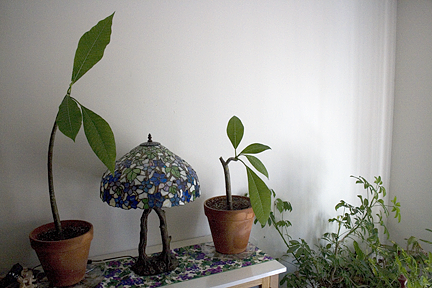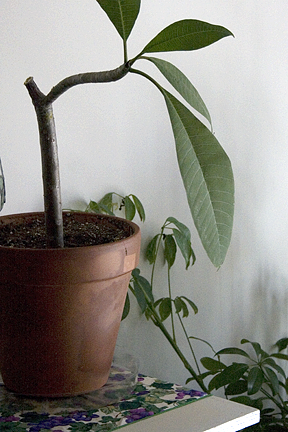Single Lens Reflex Camera Photography
Taking a Picture
Main Parts of an SLR camera Taking a picture
F-stop, Shutter Speed, and Exposure Modes Depth of Field and F-Stop
Motion Blur, Stop Action, and Shutter Speed Lens Types Flash and Liighting Issues
This is by far the broadest topic and the hardest to decide what to say about it. There are as many different approaches to taking pictures as there are pictures. The possibilities for each situation are vast, and one's personal experience, skills, and perceptions all come to bear. There can be no recipe or step by step procesure for taking a picture. The best you can do is take many pictures. Take as many as you can and study the results. Try as many different approaches as you can until you find something that works for you. As you take more and more pictures and study what makes them "work" or not work, you will be building skills that eventually free you from the technical issues involved in taking pictures, and allow to concentrate of what you want to communicate with your images. What follows are very general tips that can be disregarded if they don't fit with your style, but at least consider them while you are experimenting.
Lighting is everything: Well, not really, but it is perhaps the most important factor. Photography is about light. You need to study light and understand what it does. You need to learn about all the kinds of light and which kinds work best for certian circumstances. Do you want soft light, hard light, reflected light, direct light, combinations of several kinds of light? You often can't control the light, but you can learn to recognize when the light is good for what you are trying to accomplish. A lot of photography is just looking and seeing the way light interacts with the world.
Rule of Thirds: When you compose a picture in the viewfinder, try putting the subject of most interest at a one of the four intersections of an imagenary grid formed by dividing the scene equally into thirds both horizontally and vertically.
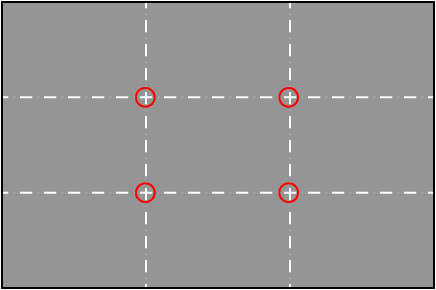
Get eye-level with your subject: A stronger psychological connection is made between the viewer and the subject of a picture if the viewer is positioned at the same level as the "eyes" of the subject. This idea can be abstracted to a general concept of getting on the same level and your subject, whether it has real eyes or not. Just be aware of the pychological connection between the viewer and the subject, and how it can be weakened or strengthened. Try to imply a space in which both the viewer and subject can relate to each other in some way.
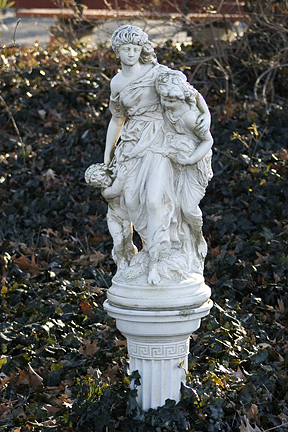

Get close to the subject: Don't let your subject get lost in the picture. Make sure it is clear to the viewer what the subject is. People often don't get close enough to their subject. You can also zoom in instead of getting physically closer, but be aware that the geometry of the picture changes with different focal lengths.
These three pictures show a plant from three different views. The first image has too much included to recognize the plant on the right as the main subject. The second image is better, and the subject is isolated by moving closer. The third picture is zoomed in closer.
image 1:
|
image 2:
|
image 3:
|
Use Depth of Field to isolate subject: You can emphasize your subject by using a depth of field that blurs the background and/or forground. You can ajust your depth of field by changing your f-stop setting. A smaller f-stop number means a smaller depth of field. See depth of field section.
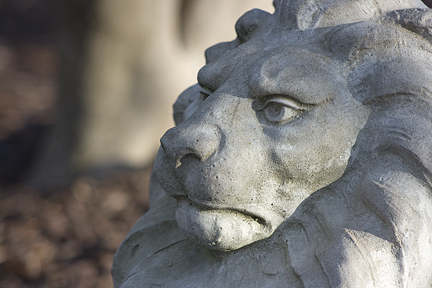
Use the whole frame : Think of how your subject fills the frame. Your subject can be more interesting if you use the whole frame instead of having your subject sitting in the frame with "dead" space around it. This also helps eliminate elements that may distract from your subject.

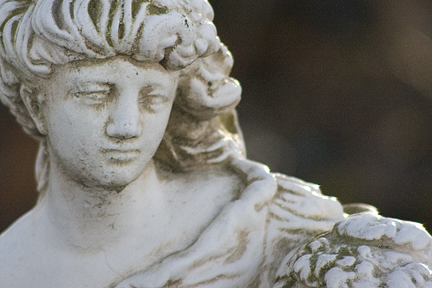
Be prepared: Know your equipment well, and know how to service it in the field. Practice changing lenses in such a way that you can do it quickly, without risking dropping anything, or letting dirt or other contaminates into the camera body or lenses. Have spare batteries, flash cards, film, or what ever you might lose, run out of, or need a backup for. Become very familiar with your camera(s) so you can change the settings quickly. When the fates present a fabulous oportunity for a prize-winning picture, you don't want to miss it because you weren't prepared. There are rarely second chances in photography. Some good accessories to have at hand are a good tripod, some kind of shutter release, a light meter, a remote shutter relase, lens cleaner, wipes, and a soft lens brush that blows air. It is good to have a polorizer, and a UV protection filter for each of your lenses. Besides their filter effect, they provide protection to your front lens. If possible, it is often nice to have more than one camera available, especially when you have one attached to a tripod, waiting for the light to get just right, say, and you see something else interesting while your waiting.
